Motorola Droid 3 – Verizon Wireless (Review)
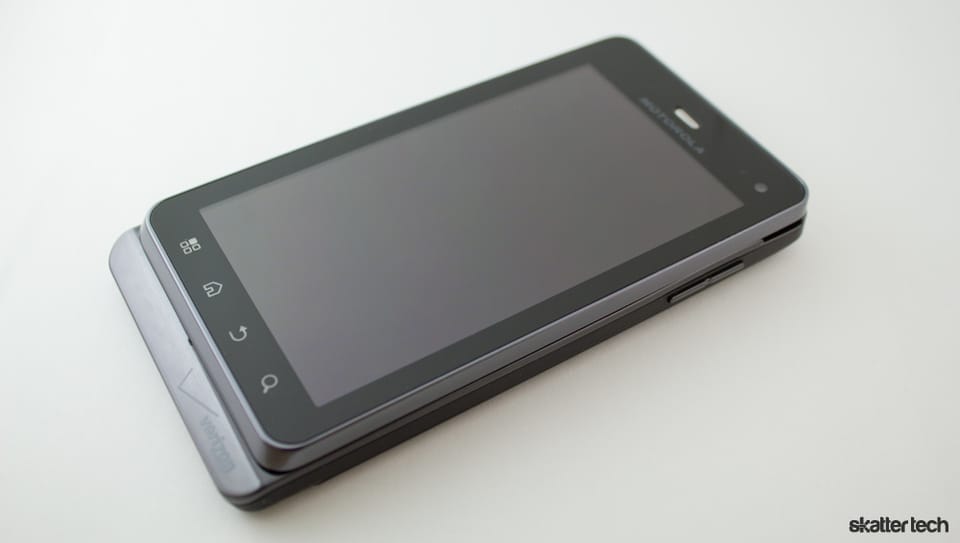
The Droid 3 is the third iteration of Motorola’s iconic premium line following the debut of the original Droid in late 2009 and the Droid 2 in 2010. The latest model sets itself apart from the rest in terms of design and features. This smart phone is larger than previous generation models and shows several signs of improvement. Motorola did a fine job addressing many concerns that came with the Droid and Droid 2. While there are many reasons to call this device impressive, it still has its faults like every other phone on the market.
Hardware
For dimensions, the Droid 3 is 64.1 mm wide by 123.3 mm tall when you are looking at it in portrait mode. At 12.9 mm thick, it is pretty slim for a phone with a hardware keyboard. With a 4-inch display and a boxy design, the device feels very bulky in the hands. It is also somewhat heavy weighing in at 6.5 oz, but not too bad.
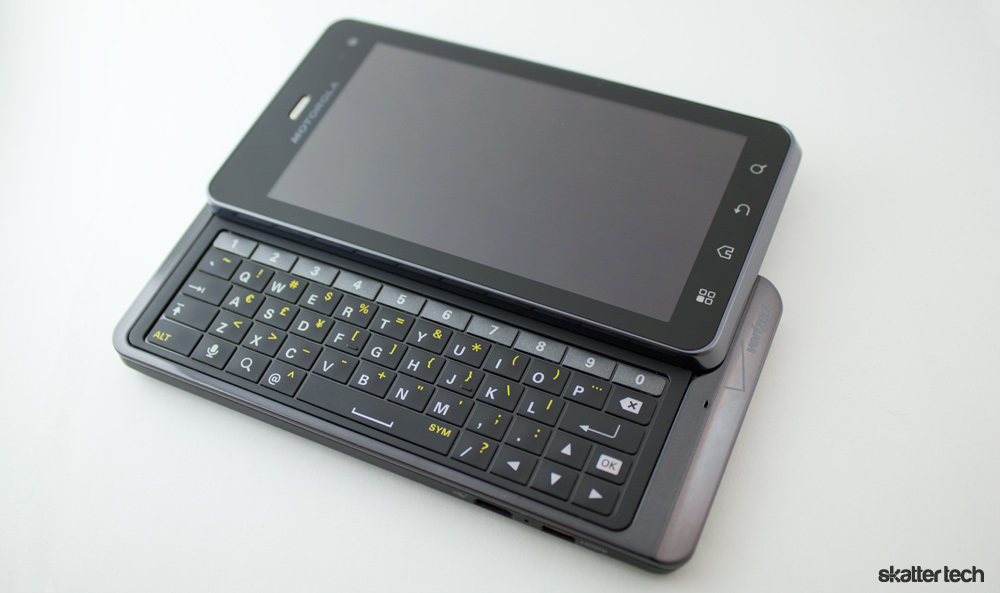
The Droid 3 has a rather good build quality which is noticeably better than any of the Droids that came before it. The glass and metallic materials give it a premium feel. Even with ordinary plastic covering the back, minor bumps or drops are not a concern thanks to Motorola. The sliding mechanism for the keyboard is solid too. It was a bit stiff and hard to slide open at first, but I have noticed it loosens up over time.
Typing on the keyboard was an enjoyable experience. I love the spacious keys and dedicated number buttons on the top row. Some might find the individual voice control and search function keys useful, too. I sent a few emails with minor typos. My only gripe is the flat keys on the Droid 3. I prefer the Droid 2’s keyboard slightly better in this regard. If you have larger thumbs, you are going to have a tough time typing accurately on the Droid 3.
Inside, you can find a dual-core 1 GHz processor, 512 MB of RAM, and 16 GB of on-board storage. A built-in micro SD card slot allows for up to 32 GB expansion, totaling 48 GB of potential storage. Speaking of ports, the Droid 3 includes micro USB, micro HDMI, and the standard 3.5 mm headphone jack. Motorola throws in WiFi, GPS, Bluetooth, a compass, and an accelerometer as well — all norms in modern smart phones. No 4G connectivity here, only 3G.
Display
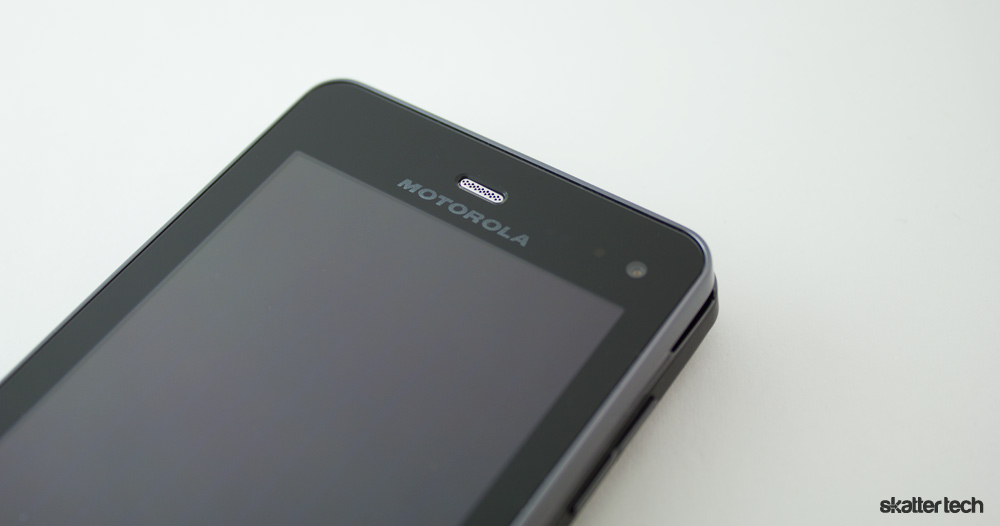
The Motorola Droid 3 features a 4-inch qHD display. It has a 960 x 540 resolution, putting it at roughly 275 pixels per inch. This is lacking in sharpness compared to other smart phones, but for the vast majority of customers it is more than adequate. The display gets pretty bright on its maximum settings. Colors look slightly over-saturated to the naked eye, but some might appreciate the extra pop that comes with it.
The reflectiveness from the glass is about on par with every other phone with a glossy display. Using it in sunlight is not really a problem, especially if you crank the brightness all the way up. Viewing angles are acceptable, but not great.
Operating System
The Droid 3 runs Android 2.3 “Gingerbread”, the latest version of Google’s operating system. The very moment I turned on the Droid 3, the first thing I noticed was Motorola’s custom user interface. It changes the look of Android in favor of a dark blue color scheme. At this point, the phone did not feel like it belongs in the Droid line. And frankly, it still does not. Swiping between home pages has a neat little transitional effect that looks like they are all in a cube formation.

Similar to just about every other Android phone, you are going to run in to bloatware. You will find apps such as GoToMeeting, Let’s Golf 2, Nova, a selection of V Cast apps, Citrix, City ID, and ZumoCast among others. Some are even just downright confusing. For instance, there is Google’s Navigation app and Verizon’s Navigator app as well. My personal favorite oddity is the Messaging and Text Messaging apps — both are separate, but serve the same purpose.
The Motorola Droid 3’s performance is a mixed bag. Though it handles basic tasks and animations well, certain apps were dreadfully sluggish. I spent a lot of time using The Weather Channel app to track Hurricane Irene and the map was beyond slow to load. I felt like I was back in time using my iPhone 3G. And just to make sure it was not the app, I opened the official Maps app only to receive the same results. Browsing the web was okay. 4G capability really would have made it shine, but I think 3G is sufficient enough for now.
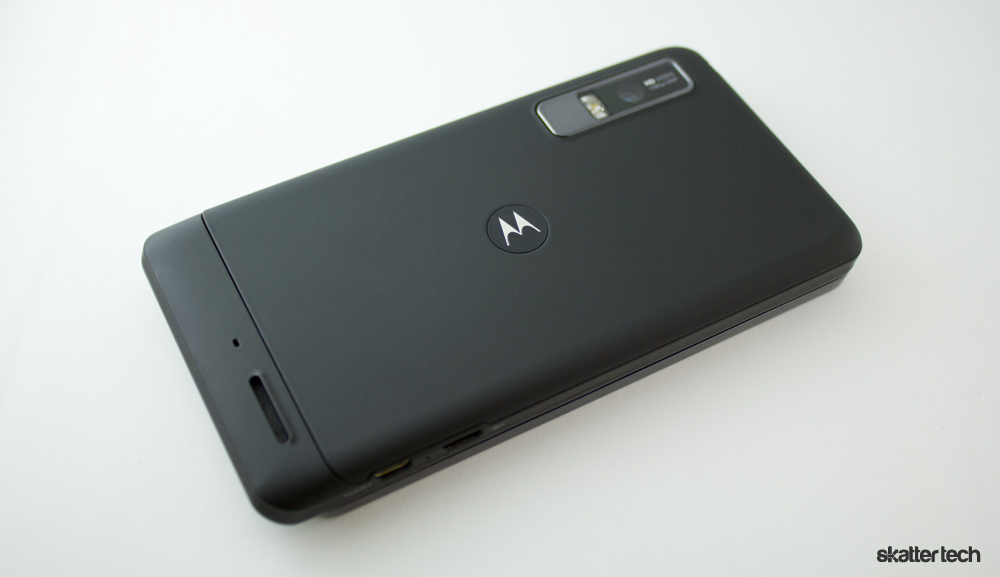
The biggest problem I had with the Droid 3 was, well, it burned my finger. The very first app I downloaded was Advanced Task Killer. At the time, I did not know this specific app was not compatible with newer versions of Android and particular phones. So about ten minutes after I installed, I noticed the phone began getting uncomfortably hot. Since I had been using it for a while, I just set it down and picked it up later. The heat returned. I went to touch the back of the phone and it was so hot that it burned my finger slightly. Hours later the tingling sensation was still there.
Even though the Droid 3 cooled down after I removed Advanced Task Killer, it still does get pretty hot after continuous use. Google should remove any apps that cause these types of issues. No end-user should ever have to experience that.
Multimedia
There is plenty of audio and video formats available on the Droid 3 — all the usual ones. No issues with playback support whatsoever. But what it does play, it does not play with great quality. In numerous tests for both audio and video, there was a constant noise coming out of the speaker in the background. Also, voices sounded muffled. Either I have high expectations for a smart phone or the sound quality was mediocre and I am willing to place all bets on the latter.
As for content, YouTube is as always available on the device. Netflix, Blockbuster, and HBO Go are too if you subscribe. No signs of Hulu Plus, however. Android includes a Google Books app for downloading and reading eBooks.
Cameras
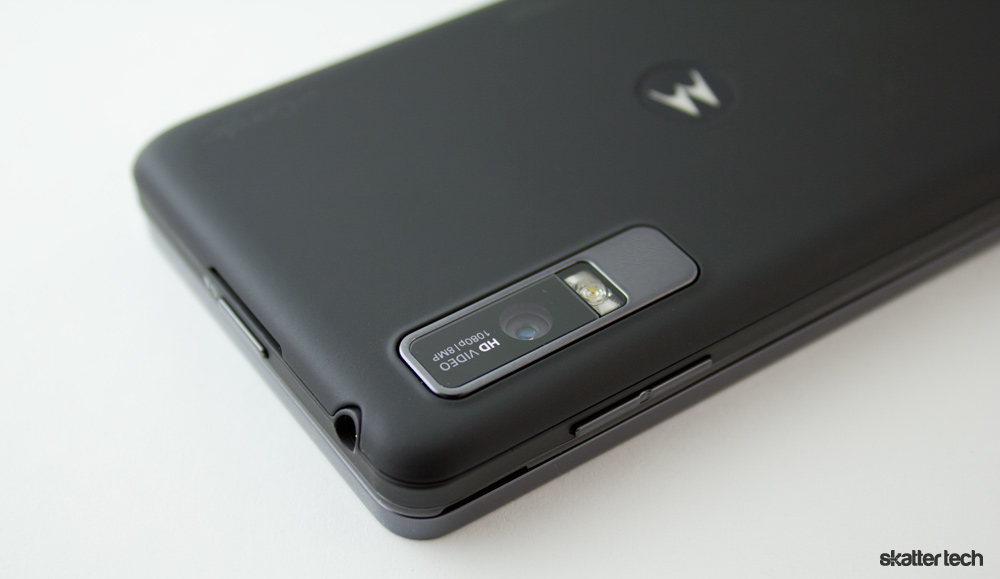
One word can pretty easily describe the overall performance of both the front and rear cameras: bad. Yes, there is not much to say in this area. The rear camera is an 8 megapixel shooter with 1080p HD video capture support. Obviously, the front VGA camera is much worse than the back but both exhibited grain and color inaccuracy in addition to other weaknesses. One unusual problem I encountered is with the LED flash. On its automatic setting, it went off indoors even when it was not necessary. Luckily, those of you who like to tweak for hours on end, the vast array of customization options will bring tears to your eyes.
Video calling simply did not work. There is no Skype, ooVoo, or Google Talk support for video calling at all. I had to finally download Tango to test it out. And when I did, the Droid 3 broadcasted video in black and white. I have no idea why. I checked the Camera app to make sure the settings were all normal and they were. There were no problems with the connection, though I really prefer my video conferencing in full color.
Network Reliability
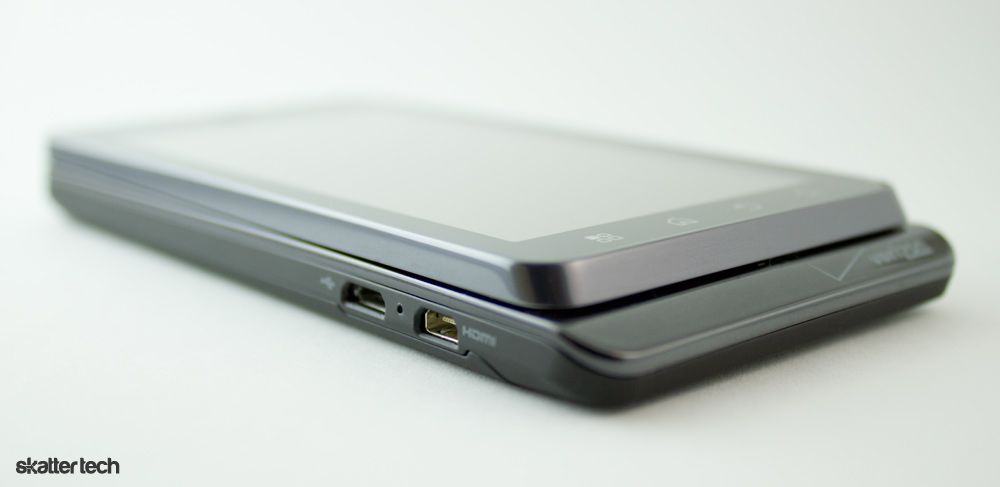
WiFi and 3G are very stable and I had no problems connecting either. Verizon Wireless has a reputation for being reliable and that stays true with the Motorola Droid 3. I did have a bit of trouble connecting my devices to the mobile hotspot. After the third attempt, it worked. Thankfully, it worked well, with pleasantly speedy load times for a phone. Of course, this only matters for those brave enough to fork over an extra $20 per month for 2 GB of data.
Call quality is pretty average — not terrible, but not excellent. Both callers reported muffled sound with slight background noise. Speakerphone was no better. These are only small inconveniences and did not negatively contribute to the experience with the handset.
Battery Life
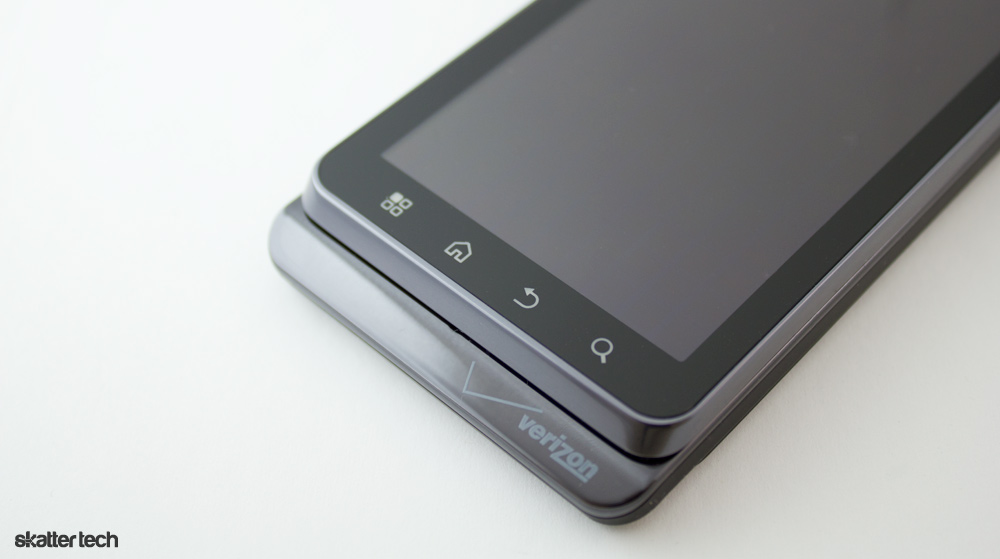
According to Motorola, the Droid 3 gets about nine hours of talk time and 300 hours of standby. I find this very, very hard to believe. In my test, I unplugged the phone at full charge at 11:07 p.m. It died the next day at 7:04 p.m. I noticed that on standby, it has incredible battery life. But the moment I start to use it, the battery drains quickly. Still, the battery on the Droid 3 is comparably competent. You can easily get a typical day’s use out of it. It is worth noting that this device does not come with a spare battery.
The Bottom Line
The Motorola Droid 3 feels like a mid-range smart phone. It shines in terms of hardware and design. Gingerbread is an absolute plus as well. Nothing about this phone is awful. Most of the features like battery life, performance, and camera quality are just over the border of adequate. If Motorola priced the Droid 3 at $99, I would recommend considering this device, since you would get what you pay for. But for $199.99 on a two-year contract, I can confidently say there are better options to explore for the price. The HTC Sensation 4G and the Samsung Galaxy S II are great, to name a few. Its only major appeal is the hardware keyboard. The Droid 3 could have given the best phones of 2010 such as the HTC EVO 4G a run for their money. Unfortunately, it is 2011.